Childhood nutrition education
The project aimed to provide childhood nutrition education to caregivers and support interventions for severe and moderate acute malnutrition, in Senkoase, Lesotho. Despite challenges brought on by the pandemic, Touching Tiny Lives (TTL) staff safely conduct 24 Nutrition Corner Events, educating and empowering 619 women through cooking demonstrations of a recipe consisting of locally sourced ingredients. 316 children who fell below World Health Organization malnutrition guidelines were enrolled in an outreach program. Outreach staff conduct 1,383 home visits and delivered 1,360 balanced, monthly food packages, consisting of Nutri-Plenty, as well as hygiene supplies. Temporary shelter, and individualized pediatric care were provided to 74 children in critical health condition at the TTL Safe Home, 59 of whom have now been reunified with their families. In addition to planned project activities, thanks to budget adjustments relative to the pandemic, medical support for a child with a cleft palate was provided as well as a cerebral palsy workshop for parents from the community. A graduation ceremony at Senkoase Early Childhood Development school was also organized.
Founded in 2004, Touching Tiny Lives is a registered charity in Lesotho. It is dedicated to providing assistance to orphaned and vulnerable children affected by HIV/AIDS and malnutrition.
News
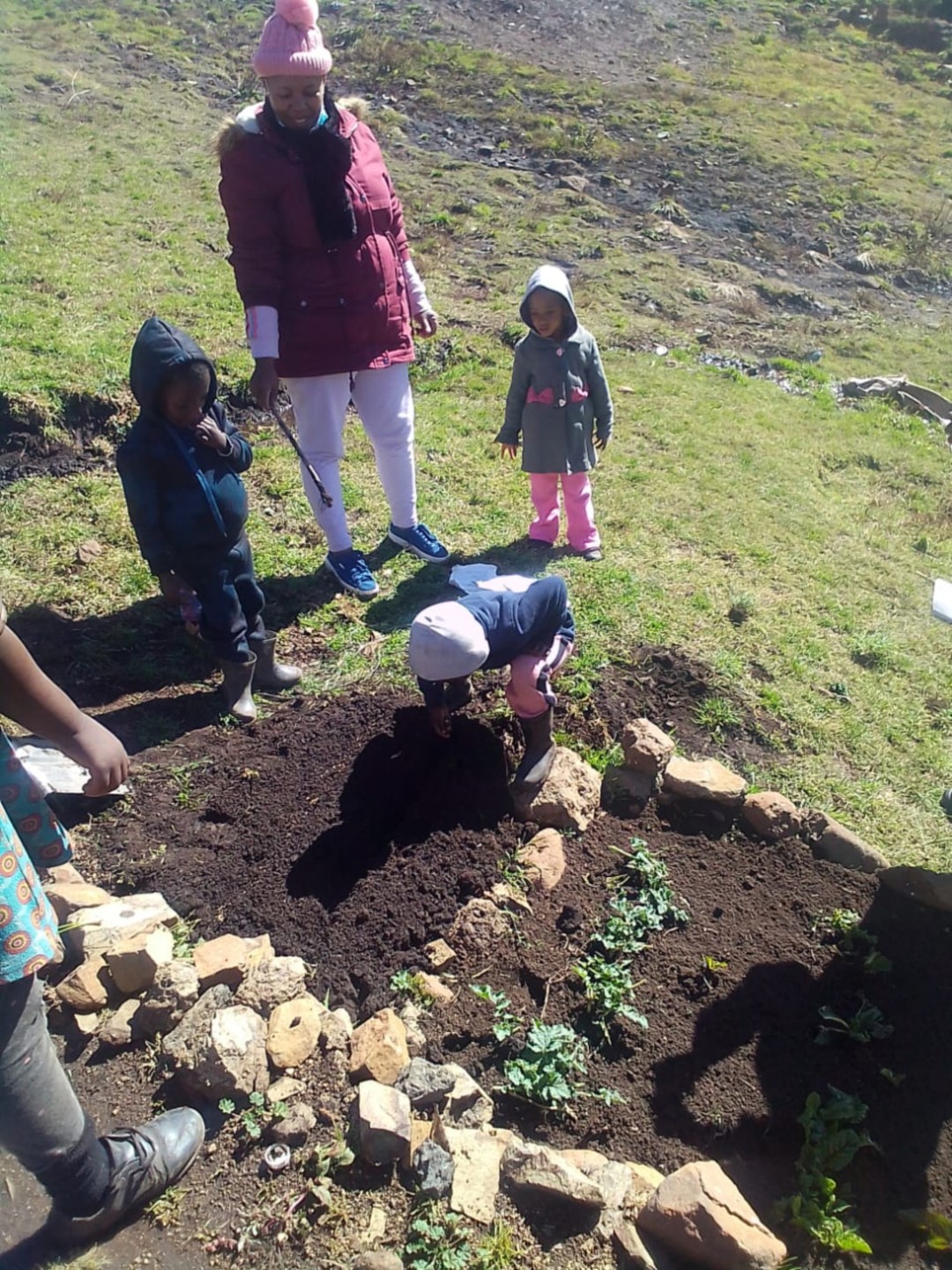



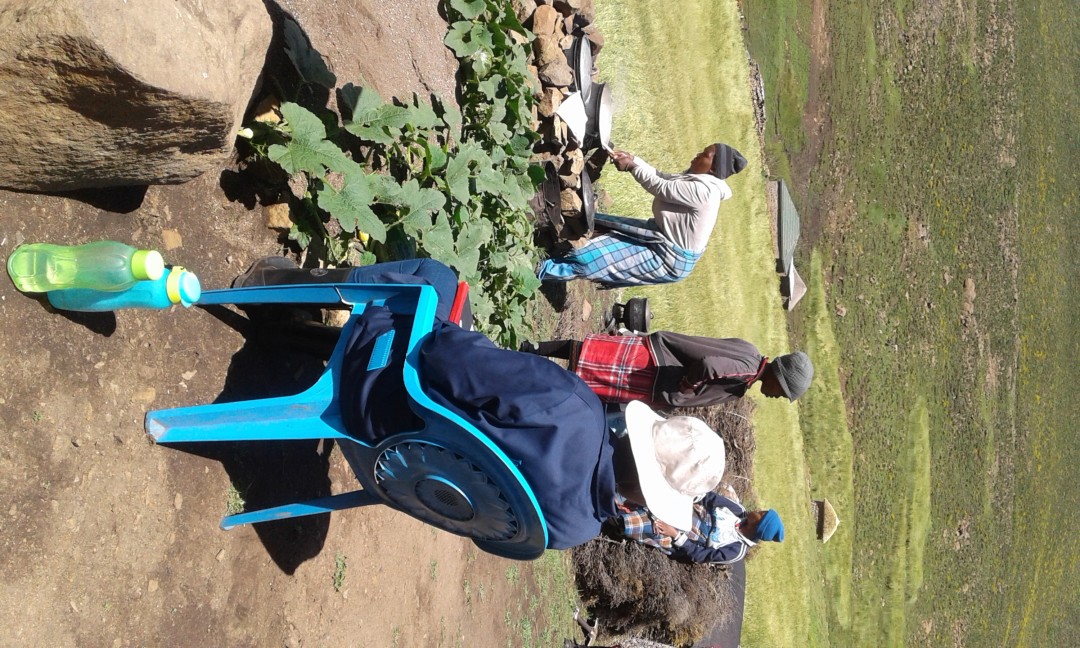
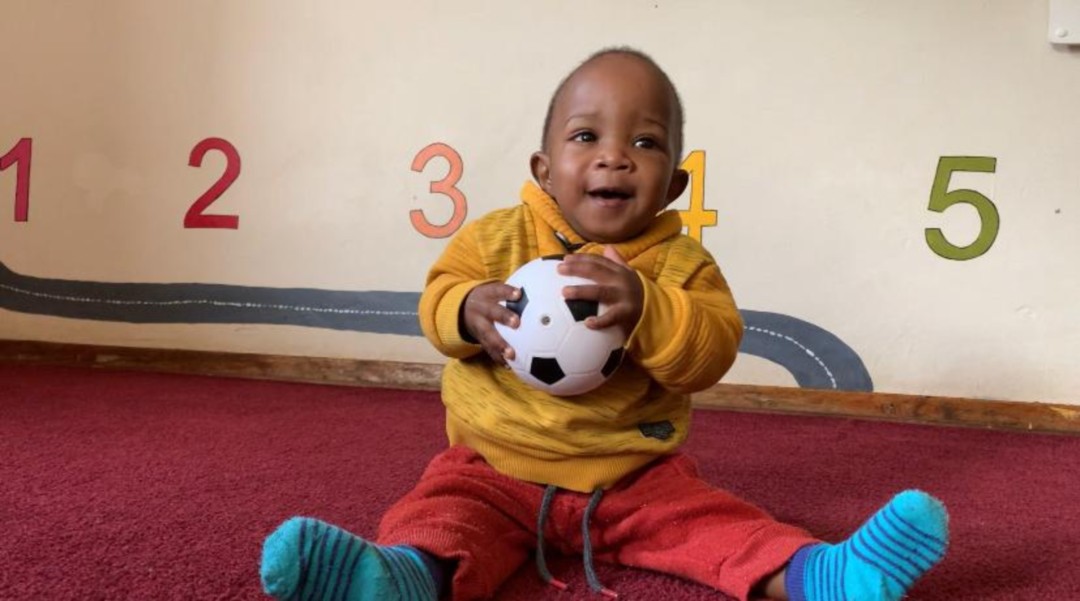

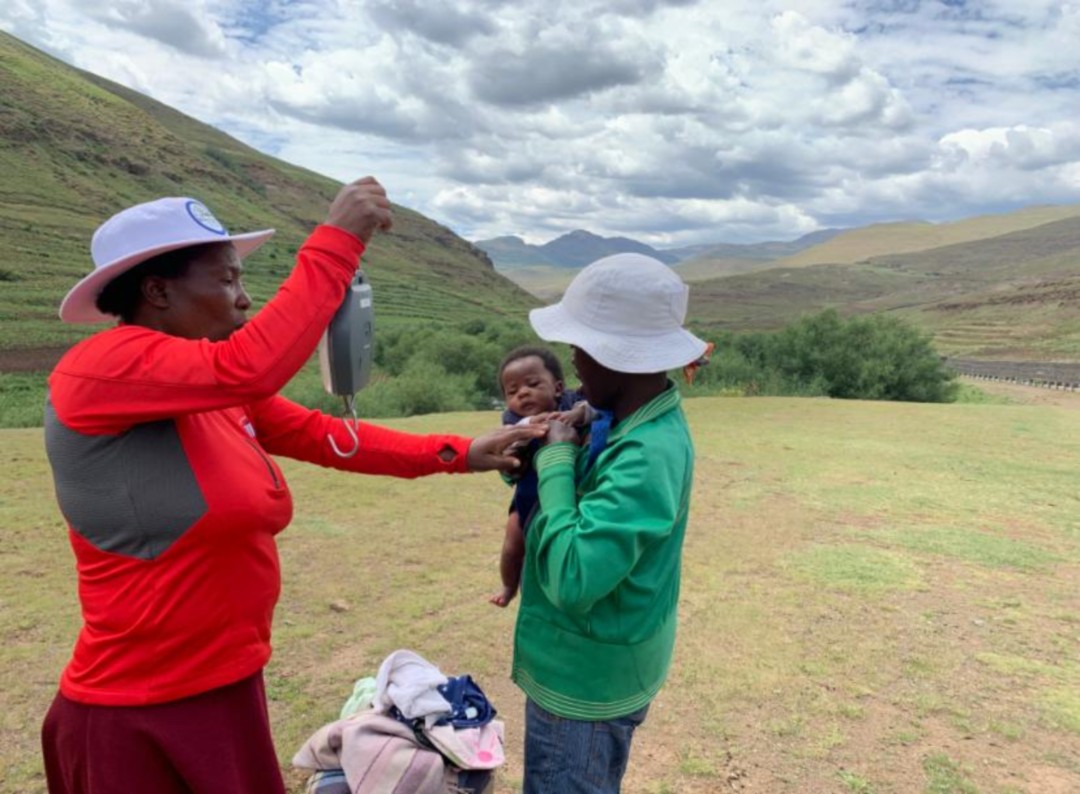
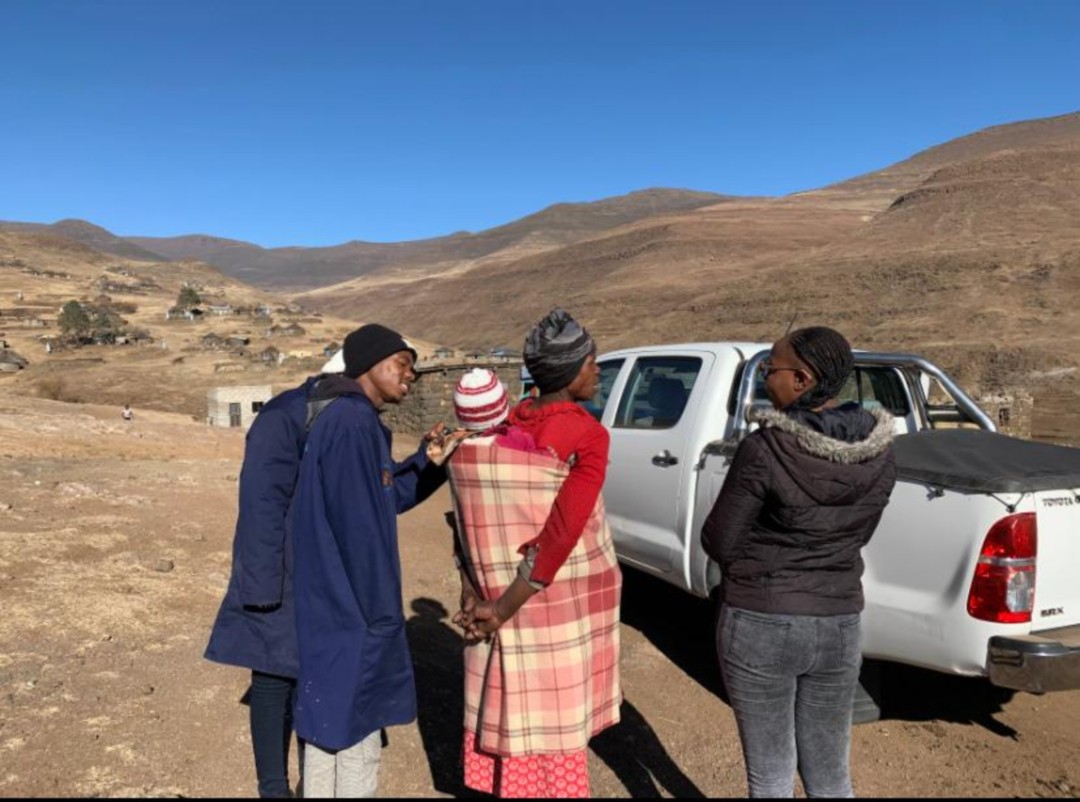

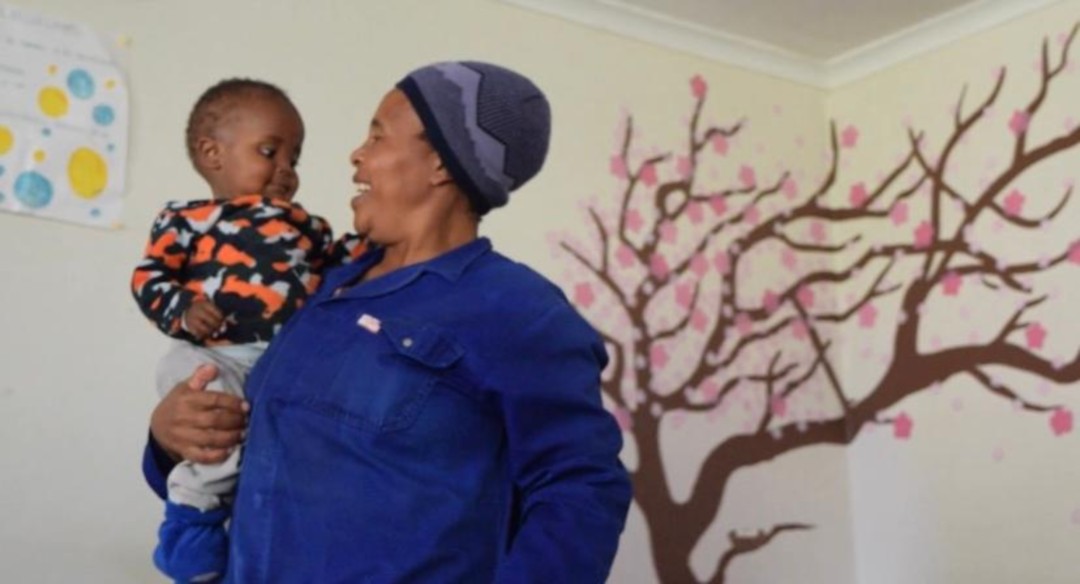
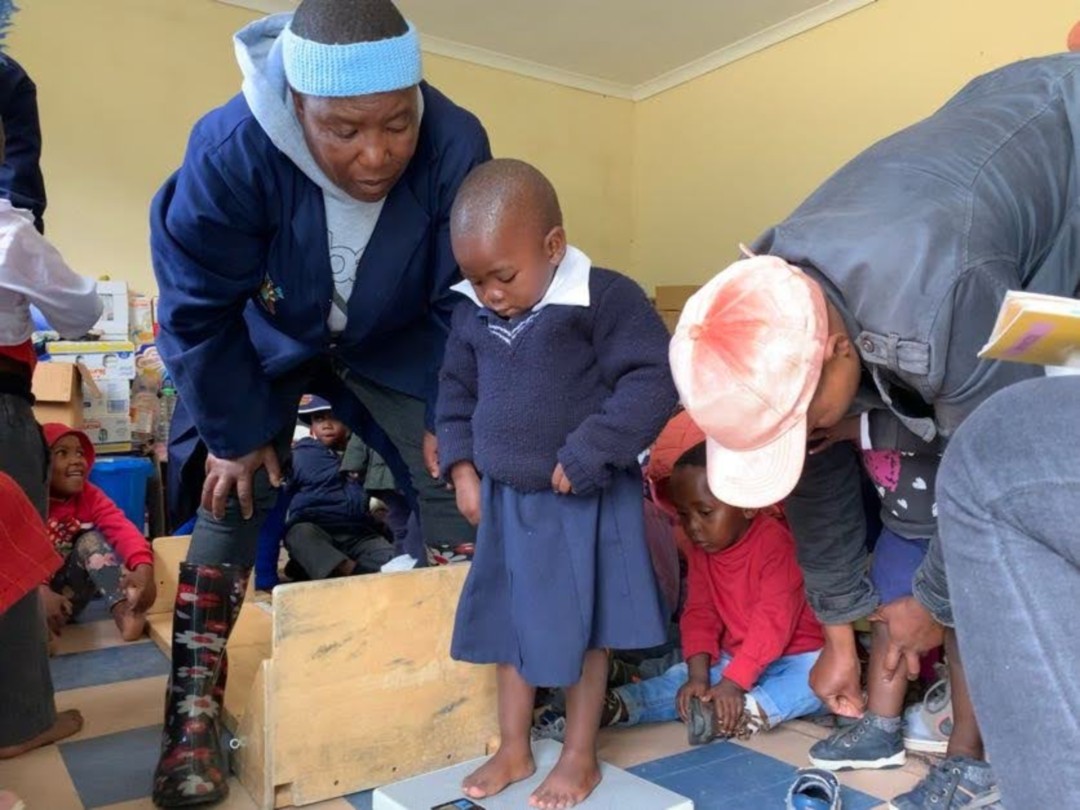


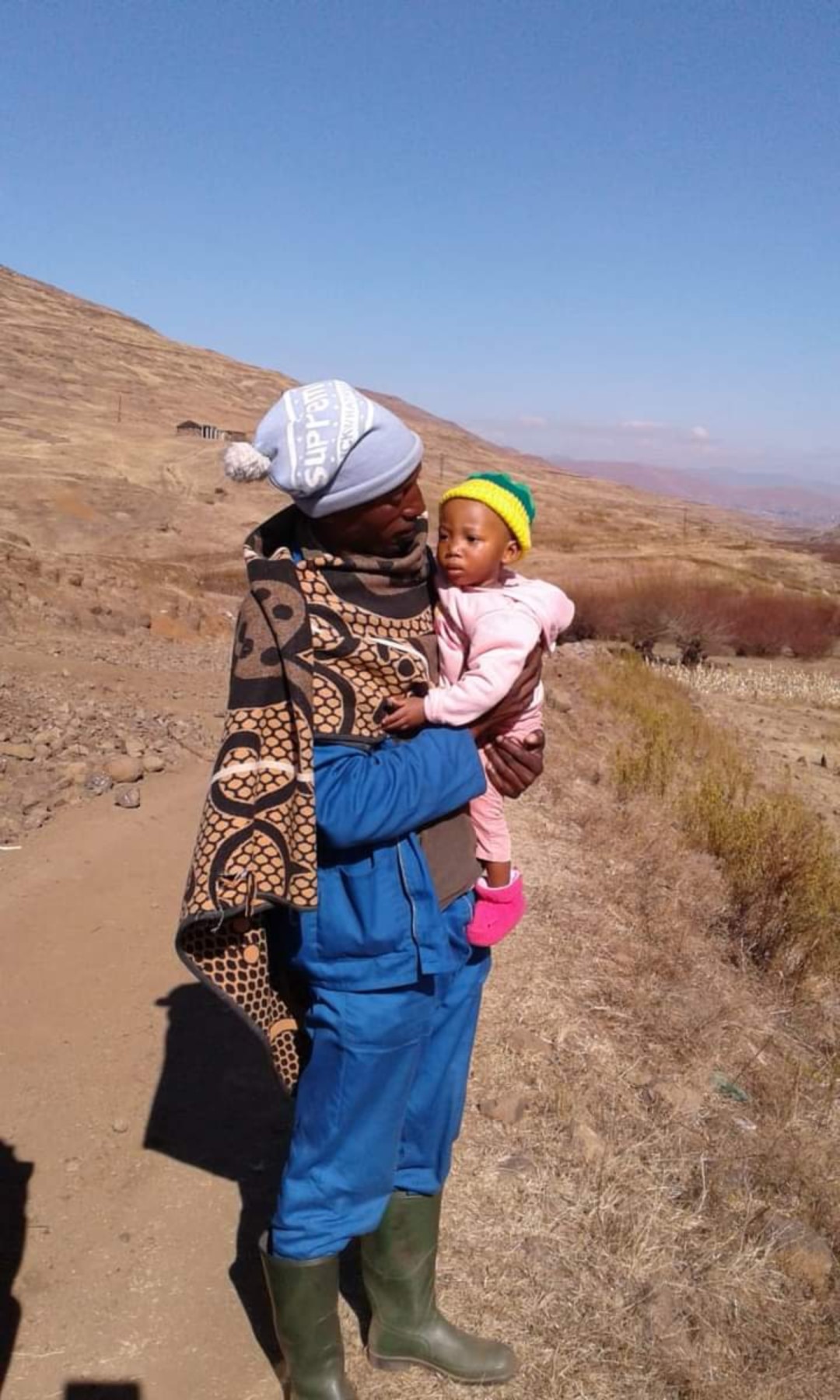

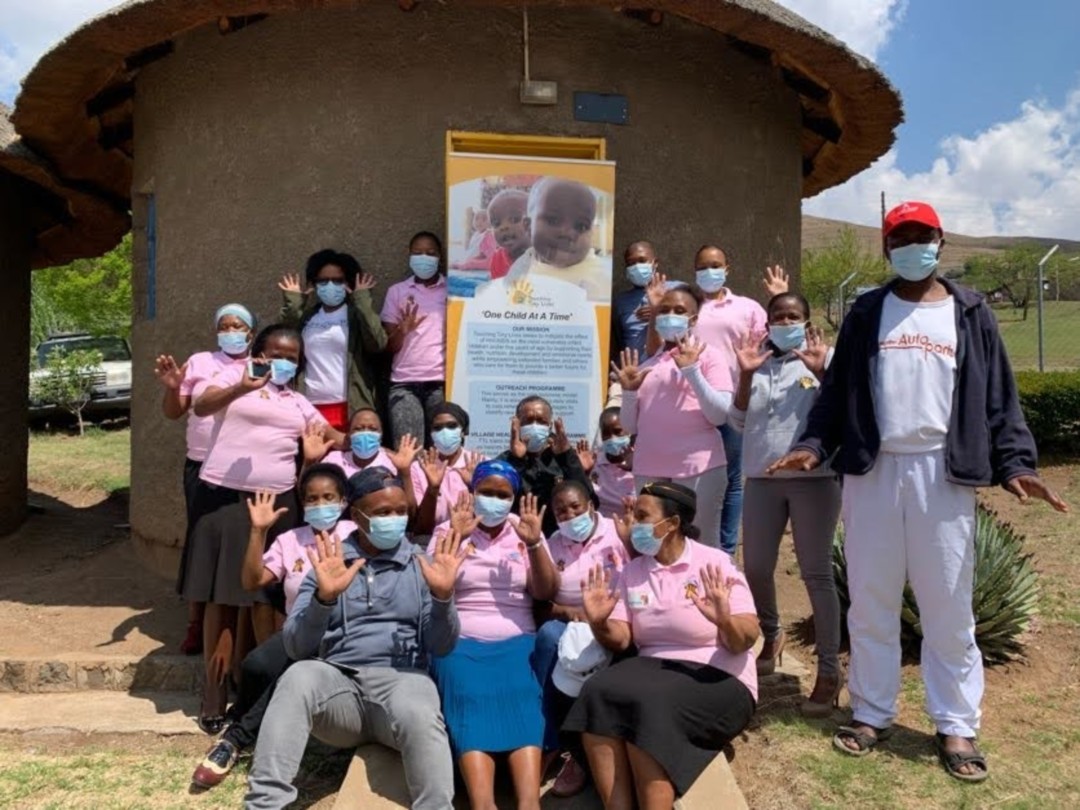
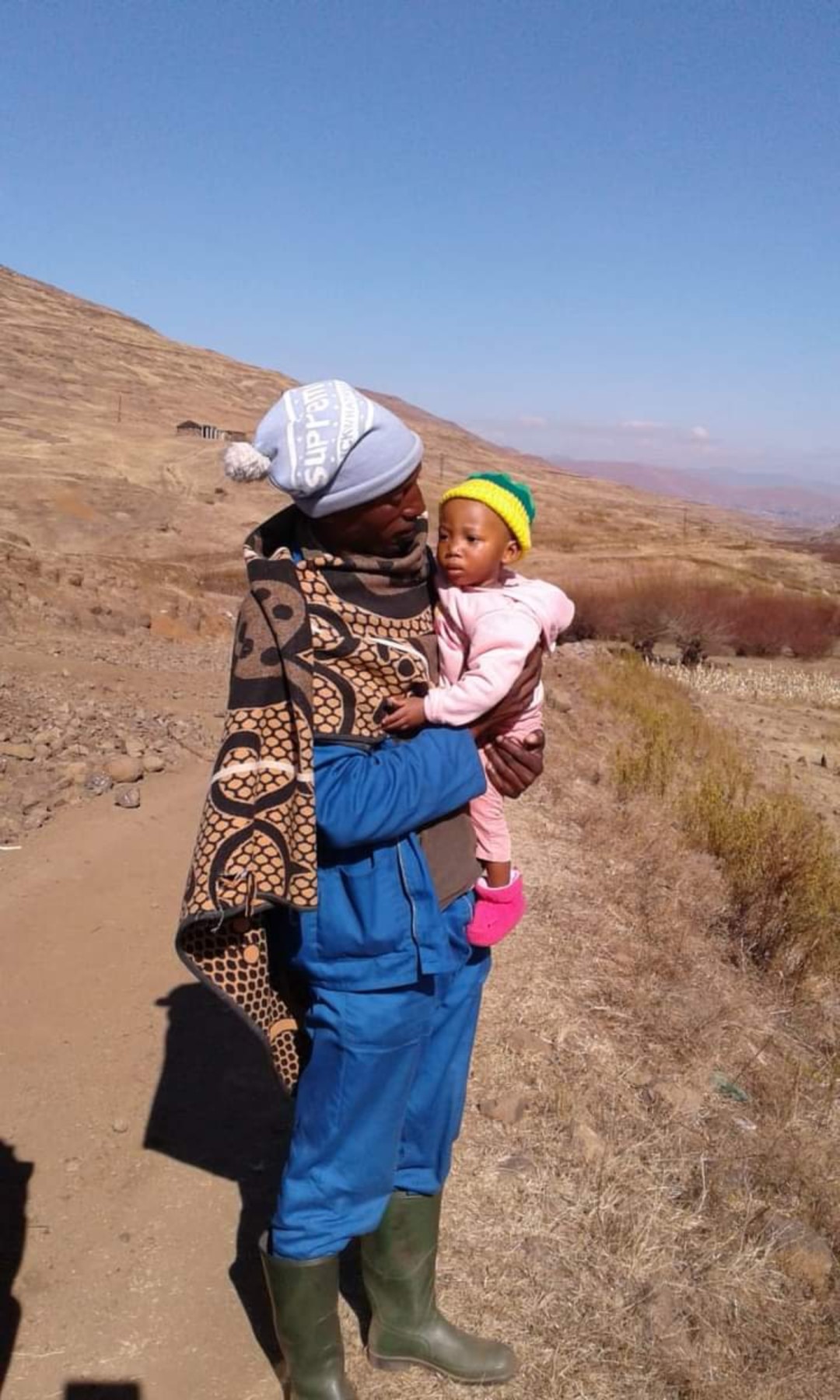
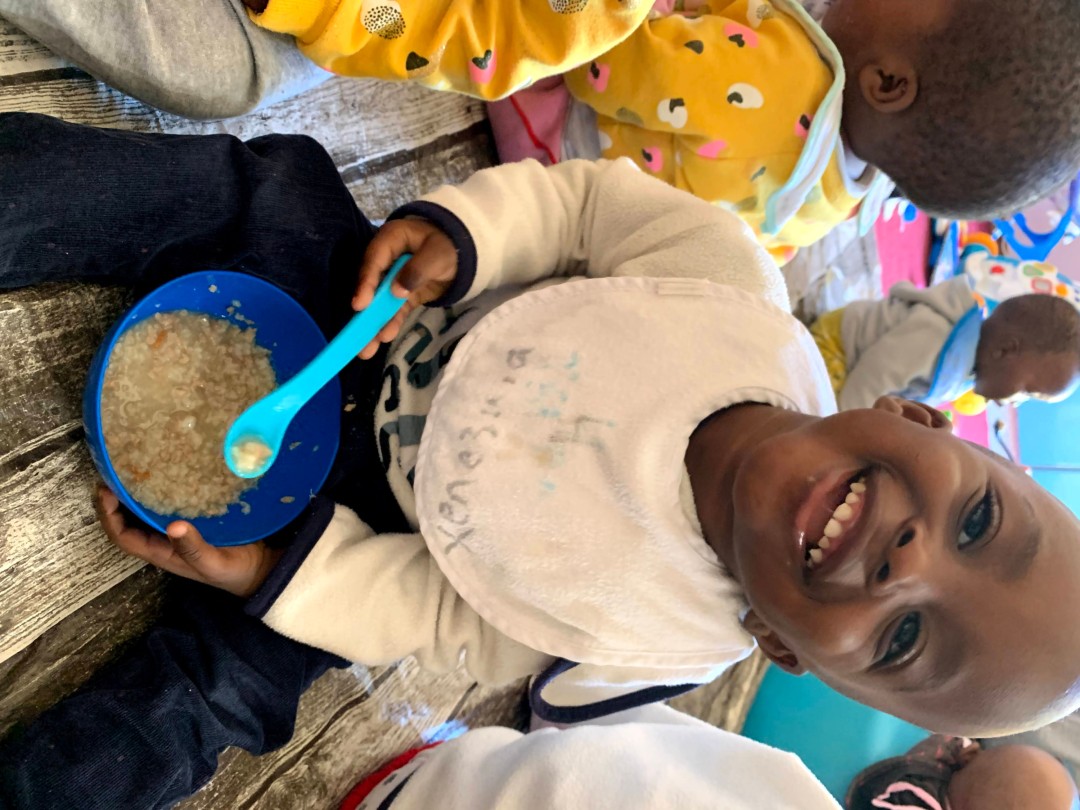
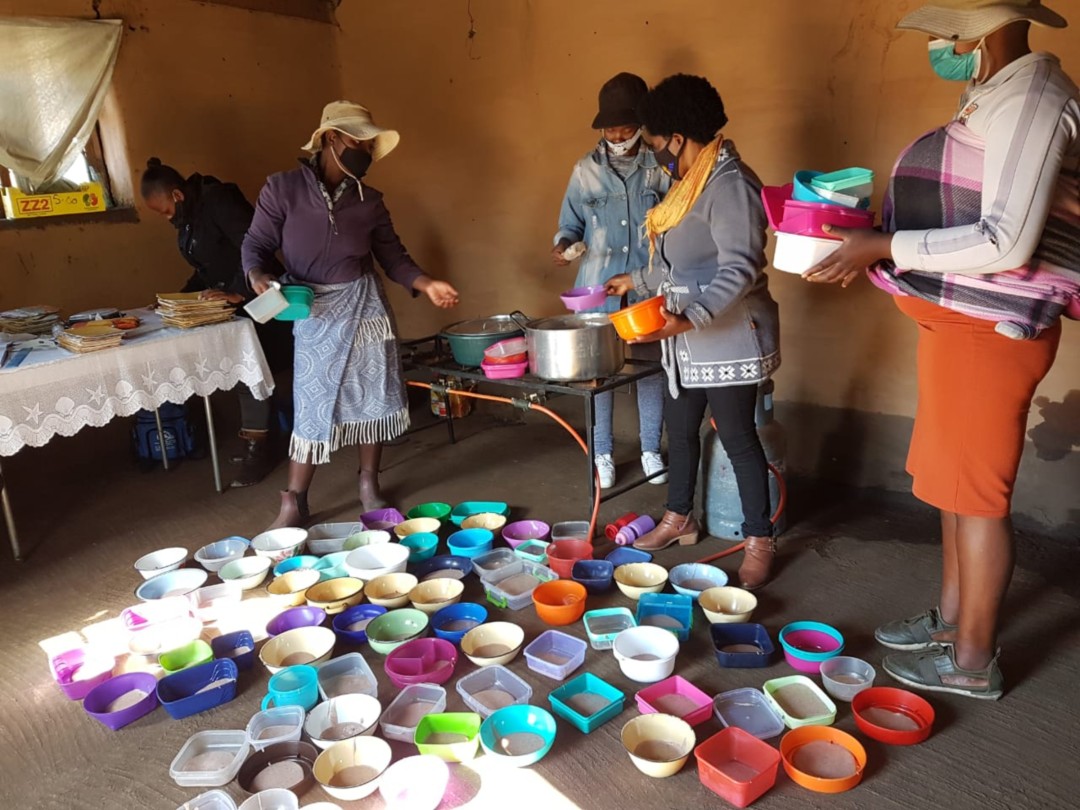

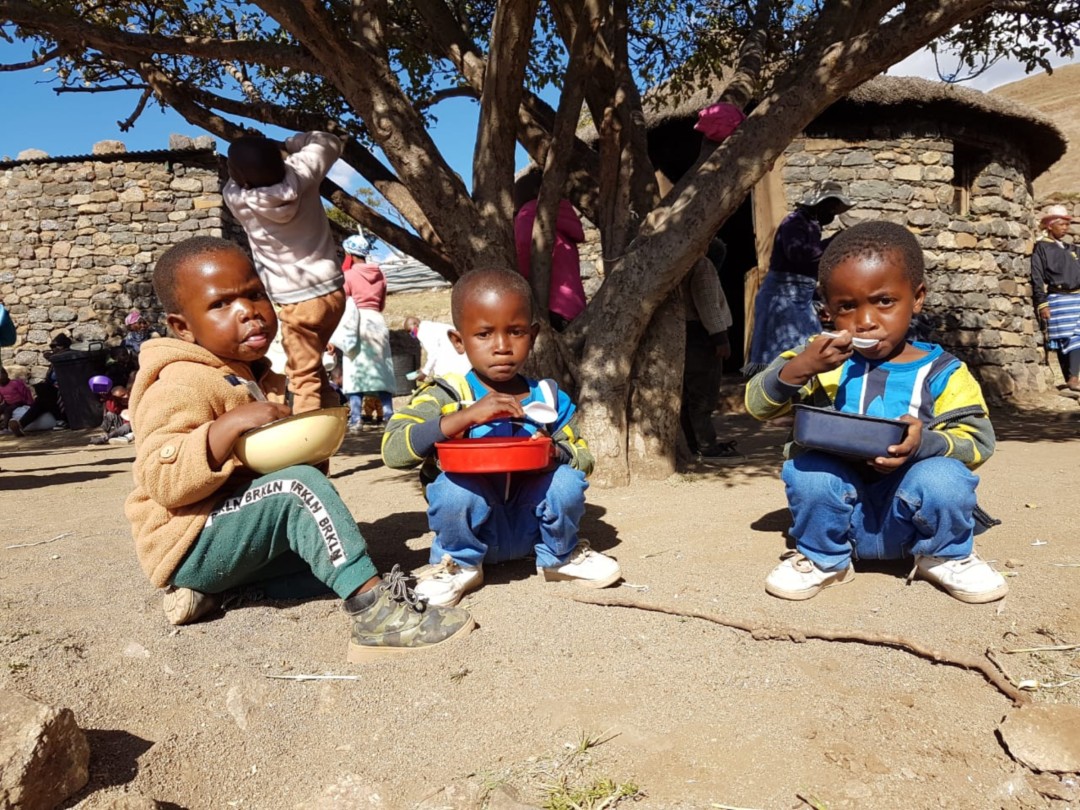

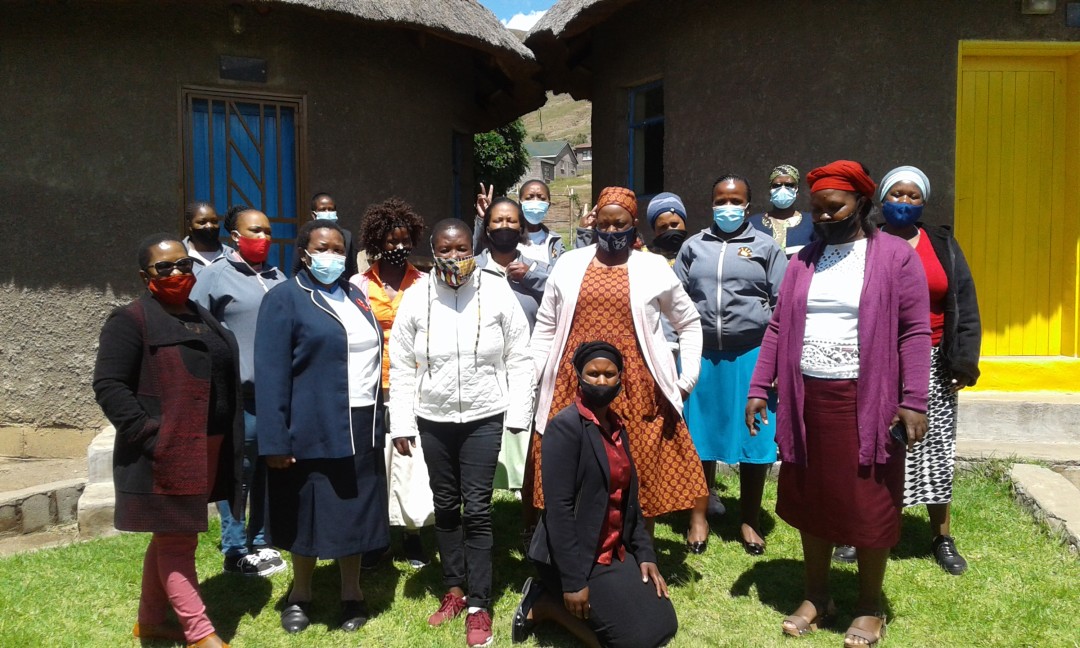

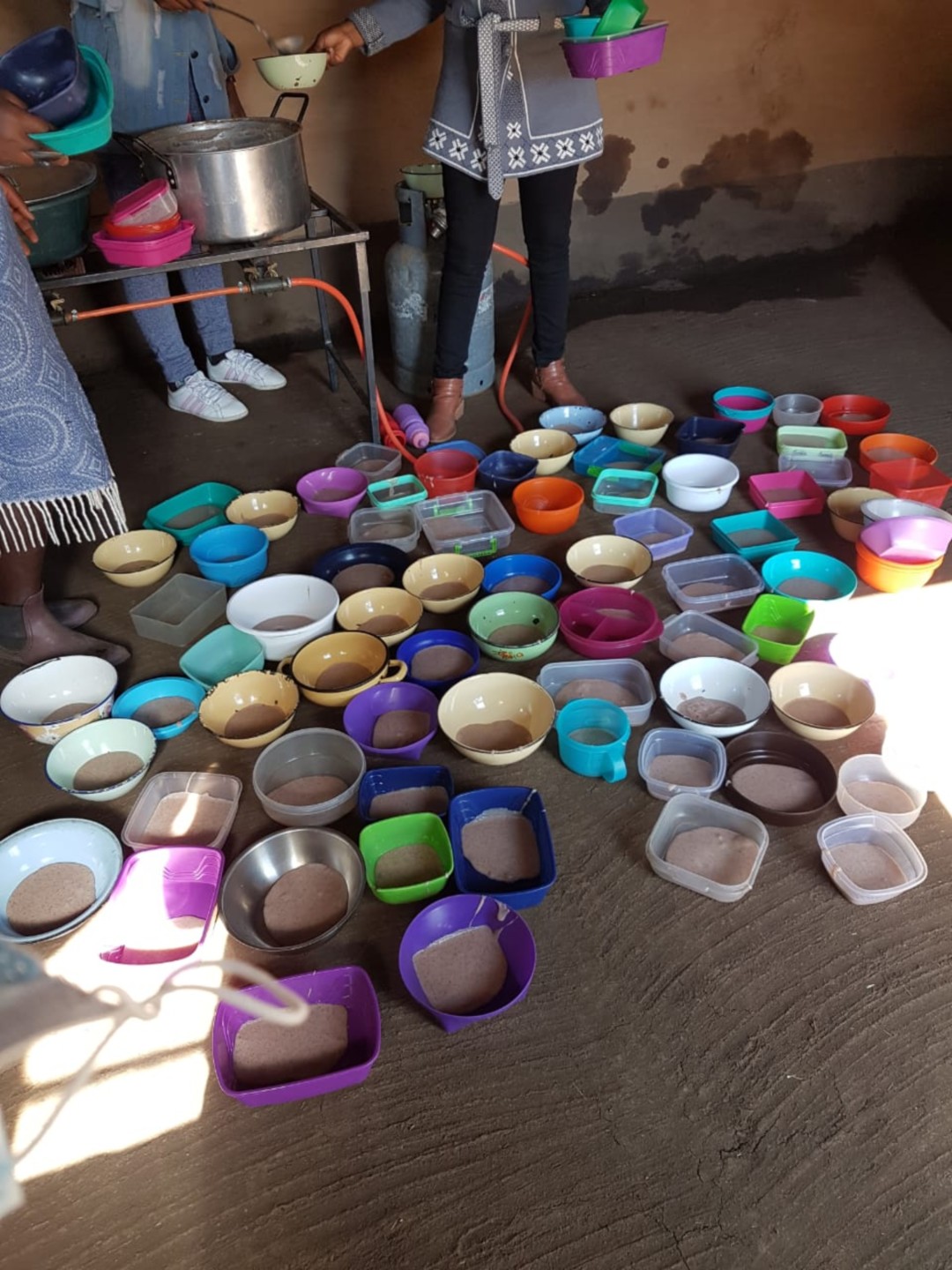
Lesotho
Population
2.23 million (2017)
Per Capita Income
USD 1,210/ an (2017)
Poverty rate *
53% (2017)
Literacy rate
77% (2016)
Human Development Index
159th out of 189 countries (2018)
Over the past two decades, Lesotho has made little progress in lowering its poverty headcount rate from 60% (2002) to 53% (2018). High inequality and poverty coupled with high unemployment (28%) are exacerbated by lack of infrastructure and harsh climate in the mountain districts. Lesotho’s greatest challenge remains its high HIV/AIDS prevalence (one in 4 of the adult population) and its TB co-epidemic. 40% of children suffer from chronic malnutrition and one in ten does not survive its 5th birthday. Although budgetary allocations amount to almost 9% of GDP, this has not translated in improvements in key health outcomes. Similarly, despite huge public spending in the education sector, poor educational outcomes persist amid concerns about equitable access. Subsistence farming remains the main source of income but its importance and magnitude is declining. The poorest quintile is the most affected.
Sources: World Food Program, UNICEF, World Bank, 2016 Human Development Report, Human Development Indices and Indicators (2018 Statistical Update)
*The percentage of the population living below the national poverty line.